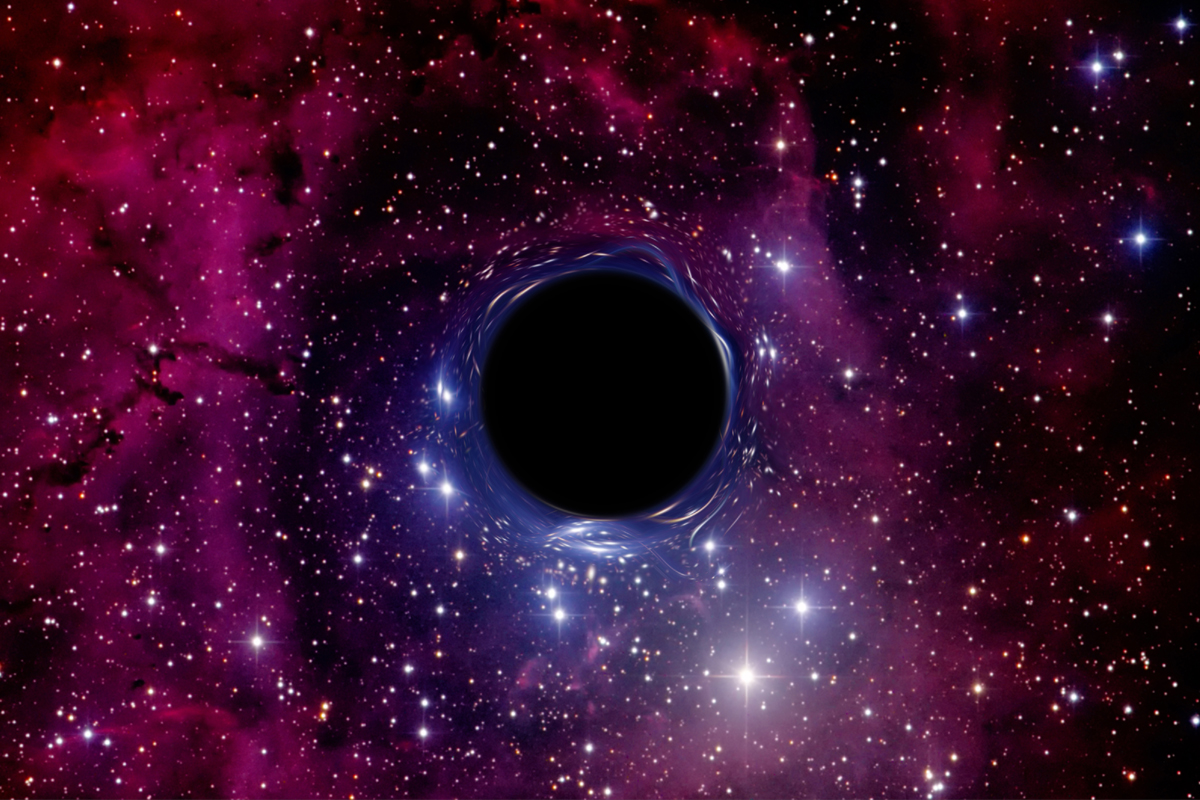1st data from ESA’s Euclid telescope offers snapshot of cosmic history
The European Space Agency (ESA) on Thursday released five unprecedented new views of the Universe from the dark universe probing the Euclid space mission.
Barely a month of its journey to explore the Universe’s mystery of dark matter and dark energy, European Space Agency’s (ESA) Euclid mission has snapped its first test images.

Representation image PHOTO: iSTOCK
Barely a month of its journey to explore the Universe’s mystery of dark matter and dark energy, European Space Agency’s (ESA) Euclid mission has snapped its first test images.
The mesmerising images indicate that the space telescope will achieve the scientific goals that it has been designed for, and that the telescope and instruments are working well.
Advertisement
“After more than 11 years of designing and developing Euclid, it’s exhilarating and enormously emotional to see these first images,” said Euclid project manager Giuseppe Racca, in a statement.
Advertisement
“It’s even more incredible when we think that we see just a few galaxies here, produced with minimum system tuning. The fully calibrated Euclid will ultimately observe billions of galaxies to create the biggest ever 3D map of the sky,” he added.
Euclid launched on July 1 from Cape Canaveral, Florida. It has arrived at its destination about 1 million miles (1.5 million km) from Earth, a vantage point known as the Second Lagrange Point (L2).
The images were taken using Euclid’s visible and near-infrared instruments — the visible-wavelength camera (VIS), which takes very sharp images of galaxies over a large fraction of the sky, and Near-Infrared Spectrometer and Photometer (NISP), which can analyse galaxies’ infrared light by wavelength to accurately establish their distance.
The image is full of detail, the area of sky that it covers is actually only about a quarter of the width and height of the full Moon.
Euclid’s NISP instrument has a double role: imaging galaxies in infrared light and measuring the amount of light that galaxies emit at various wavelengths.
This second role lets us directly work out how far away each galaxy is.
By combining distance information with that on galaxy shapes measured by VIS, we will be able to map how galaxies are distributed throughout the Universe, and how this distribution changes over time.
Ultimately, this 3D map will teach us about dark matter and dark energy.
In the image, before reaching the NISP detector the light from Euclid’s telescope has passed through a filter that measures the brightness at a specific infrared wavelength.
In the second image, the light from Euclid’s telescope had passed through a ‘grism’ before it reached the detector. This device splits light from every star and galaxy by wavelength, so each vertical streak of light in the image is one star or galaxy.
This special way of looking at the Universe allows astronomers to determine what each galaxy is made of, which allows them to evaluate its distance from Earth.
Mission specialists will continue performance-verification tests for the next couple of months before science observations begin.
Advertisement